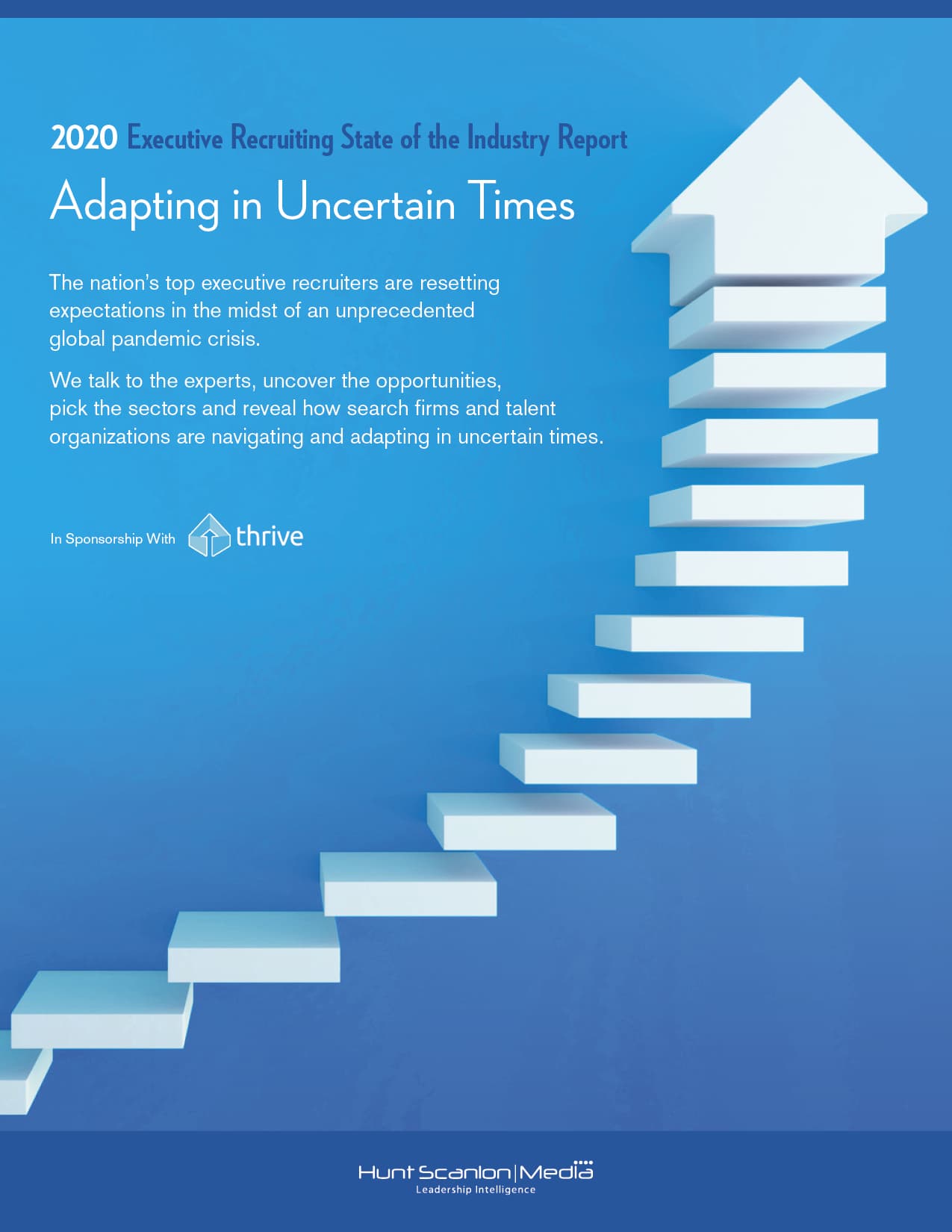Pandemic Crisis Sends Another 5.2 Million Americans Into Unemployment

April 16, 2020 – Americans displaced by the coronavirus crisis again filed for unemployment benefits in historic numbers within the last seven days, with the Labor Department reporting Thursday a new surge of 5.245 million claims. Over 22 million people have now filed for unemployment benefits over the past month. Economists were predicting five million jobless claims for the week. The figures do not take into account millions more who have attempted to file claims in all 50 states, but have been unable to access decades-old claims systems.
States continue to be overwhelmed by first-time filers, with massive backlogs in unemployment claims piling up in California, Georgia, Michigan, and New York, among many others.
The advance seasonally adjusted insured unemployment rate was 8.2 percent for the week ending April 4, an increase of 3.1 percentage points from the previous week’s unrevised rate. This marks the highest level of the seasonally adjusted insured unemployment rate in the history of the seasonally adjusted series. The previous high was 7.0 percent in May of 1975.
 Executive Recruiters & Talent Leaders Navigate Uncertain Times
Executive Recruiters & Talent Leaders Navigate Uncertain Times
Hunt Scanlon’s latest executive recruiting industry sector report will be available in 30 days. This will be the most important search industry sector report that Hunt Scanlon has ever produced! The nation’s top executive recruiters are resetting expectations in the midst of an unprecedented global pandemic crisis. Many expect a significant pause in business, followed by a sharp rebound later this year. We talk to the experts, uncover the opportunities, pick the sectors and reveal how search firms and talent organizations are navigating and adapting in uncertain times. Healthcare, biotech, crisis response, supply chain & logistics and the vast private equity sector are all showing signs of strength – and a big need for talent.
Hear from top talent experts, including: Frederickson Partners; CBIZ CMF; Russell Reynolds Associates; Odgers Berndtson; Options Group; ZRG Partners; Wilton & Bain; Diversified Search; Caldwell; Hanold Associates; True Search; Slayton Search Partners; Coulter Partners; Cejka Search; Solomon Page; Acertitude; McDermott & Bull; Academic Search; Beecher Reagan; Bowdoin Group; Kingsley Gate Partners; Comhar Partners; ON Partners; Perrett Laver; CarterBaldwin; Stanton Chase; Buffkin/Baker; Major, Lindsay & Africa; WittKieffer; Klein Hersh; Furst Group; Invenias; PierceGray; LifeSci Partners & more!
Insert an ad in our report, reserve your copy today and find out how you should adapt your business in these uncertain times.
Most of the job decline came in restaurants and drinking establishments though healthcare and social assistance also took a hit. Economists are expecting the U.S. economy to fall into a recession this quarter, before staging a comeback later in the year after the spread of the virus slows. How that comeback happens, and whether it occurs as a V-shaped recovery or a longer, drawn out U-shaped recovery remains to be seen. Experts seem to now believe a longer recovery will take place, and that job recovery will not come fast or be as easy as simply rehiring displaced staff. Adding to their concerns is the problematic Payroll Protection Program, which is said to be nearly empty of funds. Without that vital lifeline in place, many businesses will now turn to mass layoffs.
The highest insured unemployment rates in the week ending March 28th were in Rhode Island (11.9), Pennsylvania (9.8), Nevada (9.6), Washington (9.3), Connecticut (8.9), Massachusetts (8.7), Minnesota (8.7), Michigan (8.5), Ohio (8.4), and Georgia (8.2). The largest increases in initial claims for the week ending April 4th were in Georgia (+256,312), Michigan (+84,219), Arizona (+43,488), Texas (+38,982), and Virginia (+34,872), while the largest decreases were in California (-139,511), Pennsylvania (-127,037), Florida (-58,599), Ohio (-48,097), and Massachusetts (-41,776).
Related: Pandemic Crisis Sends Another 6.6 Million Americans Into Unemployment
“As we fully know the current state of the labor market with mass waves of layoffs, the key question turns to how many of these people will be rehired when the economy starts to reopen,” Peter Boockvar, chief investment officer at the Bleakley Group, told CNBC. “We can assume it will take a long time for that to happen but hopefully we’re getting closer to at least getting started.”
Numbers Still Climbing
“While we believe the magnitude of increases in claims have moved past the peak, the cumulative number is still rising, likely reaching the range of 25 million over the next few weeks,” Morgan Stanley economist Jan Kozak said in a note Wednesday.
Most U.S. states have now implemented “shelter-in-place” orders. “There is some evidence that states that implemented lockdowns earlier are seeing their claims numbers ease (Pennsylvania, California, New York). However, this is being offset by increased claims in states with more recent lockdowns (Virginia, Georgia),” Nomura economist Lewis Alexander said. “As we move further away from the date of initial lockdowns, claims should begin to normalize somewhat further.”
“The labor market is obviously very, very important, and has a high correlation with what is going on in the economy,” Jay Bryson, the acting chief economist at Wells Fargo, told NBC News. “It is showing us what I think we all know, that the economy is falling off a cliff at an unprecedented rate.”
Related: Pandemic Crisis Forces 10 Million Americans into Unemployment
“While today’s jobless numbers are down on last week, they still mean that all the job gains since the financial crisis have been erased in the space of just four weeks,” Seema Shah, Chief Strategist at Principal Global Investors, told The Guardian. “What’s more, with many workers, including those in the gig economy, not included in these numbers, labor market pains may be even worse than these numbers suggest.
 Managing Through the COVID-19 Pandemic
Managing Through the COVID-19 Pandemic
The COVID-19 pandemic is causing worldwide public health concerns and widespread disruptions across the global economy, including for businesses and schools. It has caused society to put a pause on public gatherings, sporting events, the arts, restaurants and nightlife, which otherwise would have provided relief during difficult times.
“However, concerns for the second half of the year may be underestimated,” she said. “Although governments are looking to lift lockdowns, the re-opening of economies will be only gradual, compounding financial strains for businesses and households, suppressing demand and suggesting a slower economic recovery.”
Indeed, since June 2009 the U.S. economy added over 20 million jobs; but in just the span of the last four weeks the number of unemployment claims has reached 22 million. It is an astonishing about-turn for a once testosterone-fueled economy.
Related: Unemployment Claims Surge as COVID-19 Pandemic Crisis Deepens
Contributed by Scott A. Scanlon, Editor-in-Chief; Dale M. Zupsansky, Managing Editor; and Stephen Sawicki, Managing Editor – Hunt Scanlon Media











